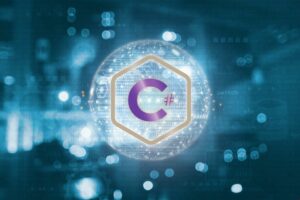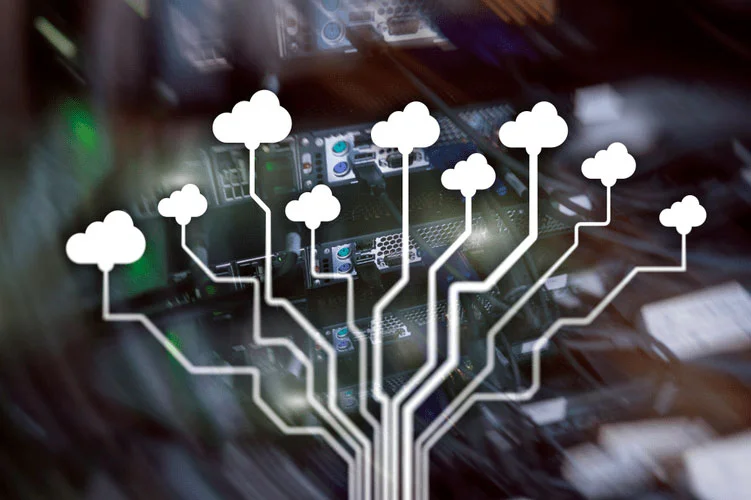Large-scale projects that allow separating the development process into small standalone chunks. The Waterfall development cycle is highly structured, which means that everyone understands their duties at any given time. With detailed documentation, it’s also easier to train fresh team members.

If some risk arises, the team can close the current phase earlier to take care of it. The focal point for this method is choosing the best time for switching from a current phase to the next one. The Waterfall model leaves very little room for addressing modifications and adapting to changing requirements. This stage is intended for turning software specs into the Product Design Specification – a description that documents the solution and states the success criteria. Design specs include tools to use, interface, structure, logic, dependency, performance, etc.
Iterative model: the adaptive one
The idea of shifting security left in the SDLC upends the traditional notion of how, when, and where security controls can be integrated into software development. “Shift left” means finding ways for these formerly siloed groups to work together to develop rapid, but also secure, code releases. The spiral model is suitable for large and complex projects that require frequent changes. However, it can be expensive for smaller projects with a limited scope. It’s easy to identify and manage risks, as requirements can change between iterations.

The model does not deal with ongoing software projects as there’s no built-in maintenance phase. Other less common SDLC phases that are still worth knowing are dedicated steps for deconstructing apps, retiring software, and writing documentation. With little room for revisions once a stage is completed, problems can’t be fixed until you get to the maintenance stage. This model doesn’t work well if flexibility is needed or if the project is long-term and ongoing.
Models
Gradual introduction means you limit the impact on the UX if there’s an overlooked issue with the product. A product’s SDLC must be a living process that the team regularly updates . Keeping an SDLC up to date takes a combined effort of business analysts, developers, QA staff members, and stakeholders. Each step in an SDLC results in an output (document, diagram, working software, etc.) that acts as the necessary input for the next step. Despite this funnel-like approach, modern SDLC strategies are not strictly linear.

That is why choosing and implementing a software development model according to your project needs is key to making it work for you. Unit testing is developed during the software component or module design phase. It’s focused on testing at the code level and helps eliminate issues at the early stages of development. Such an approach enables consistent funding of expensive projects, the ability to find additional unplanned resources and implement the product step-by-step. Another part of the projects that use Waterfall are projects applying a hybrid approach to software development. It is when the project uses different SDLC models together to create a unique approach to developing products.
Software Development Life Cycle
Remember, Costco prides itself on customer service and is so committed to member satisfaction that it will pretty much take back any item that doesn’t meet your expectations. So you can rest assured that the Kirkland products it puts out are high in quality in their own right. Many developers I worked with loved kanban’s self-regulating approach. Another of Atlassian’s software products, Trello, is specifically designed for kanban projects. Instead of starting a project with clearly defined requirements, you apply a few software requirements, then test, estimate, and point out more requirements.
- This article will explain how SDLC works, dive deeper in each of the phases, and provide you with examples to get a better understanding of each phase.
- Companies with lower maturity or in some highly regulated industries may require manual approvals during this SDLC stage.
- Prototype ModelReduces risk of failure, as a working model is seen early.
- Keep fine-tuning your lean processes until you strike the right balance.
- What was your best or worst, or both kinds of software development experience?
The agile methodology relies on ongoing release cycles that make small, incremental changes to the previous release. Builds evolve as teams add new features and improvements with each deployment. Unlike https://www.globalcloudteam.com/ the spiral SDLC methodology , the iterative incremental model deploys each software version to production. Each iteration goes through verification and requires either user or stakeholder feedback.
Spiral model: the risk-driven one
During this phase, QA and testing team may find some bugs/defects which they communicate to developers. The development team fixes the bug and send back to QA for a re-test. This process continues until the software is bug-free, stable, and working according to the business needs of that system. The most important distinction between the two SDLC methodologies lies in terms of prioritizing customer satisfaction. The Agile model makes customer satisfaction a priority from the very beginning. Consequently, the project teams involved respond instantly to stakeholder feedback throughout the SDLC procedure.
These issues become new features, bug fixes, and improvements to your product. Software is a complex product developed and delivered through a series of steps. All development begins the same way; software, like all products, starts as an idea. The idea becomes a document and maybe a prototype and will exist in a few forms before getting into the hands of an actual user. Following the Waterfall methodology, a project development team needs to complete each phase step by step.
Agile model
Instead, the emphasis is on finding the balance between quality and speed. A true V-shaped model does not have a dedicated testing phase since each development stage has its own QA sequence. Whenever a user reports a bug or the team discovers a new flaw, the product moves back through its SDLC as many steps as necessary. Some severe defects require updates in the design stage, while most problems take the app back to the development stage. Some companies decide to create a prototype during this SDLC stage. While time-consuming, prototyping is much less expensive than making radical changes after the development phase.

Inception phase (analysis of the project’s needs, goals, and scope). Requires a skilled team to evaluate when to end iterations and move on to the next SDLC phase. Different SDLC methodologies systems development life cycle phases prioritize different aspects of product creation and measure success in unique ways. Let’s look at the most popular SDLC methodologies you can adopt at your company.
Lean model
This model is a combination of the Waterfall and Spiral model and works in an iterative manner. Based on the risk involved in the project, this model guides the team to adopt elements of one or more SDLC models, such as a Waterfall or Iterative model. The software lifecycle is divided into smaller parts here, and new functionality can be added to the software even at the end of the SDLC. Once the Analysis Phase is over, the team needs to come up with the most accurate, robust, efficient, and cost-effective architecture for the product that needs to be developed. The different design architectures are typically documented in the Design Document Specification . The agile approach requires the team to perform testing at the end of each sprint to ensure no potential exploits end up in production.